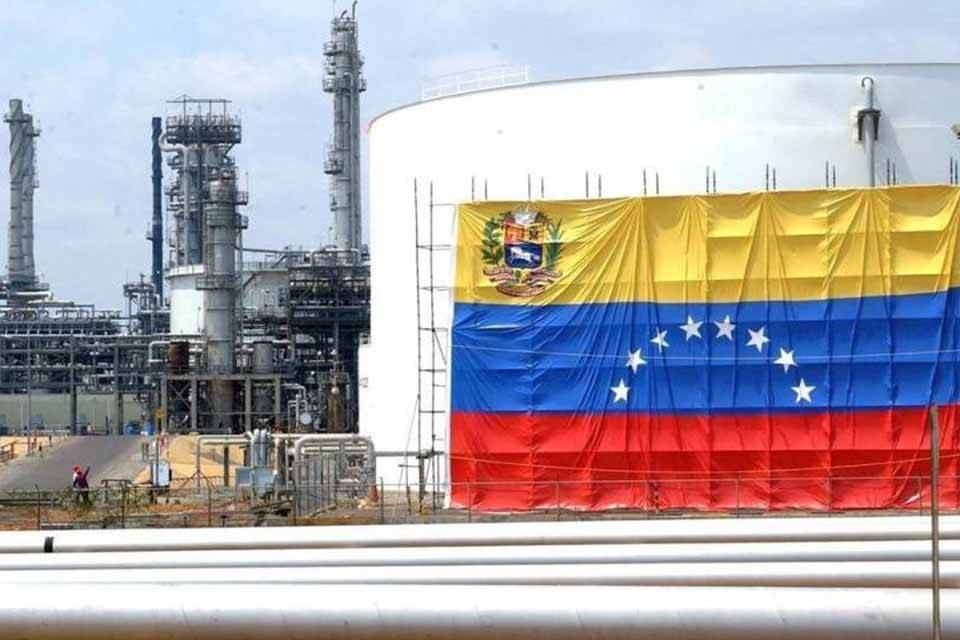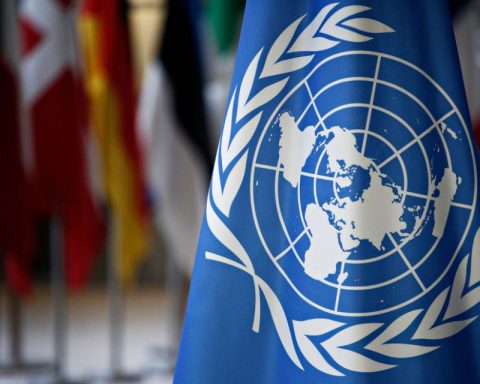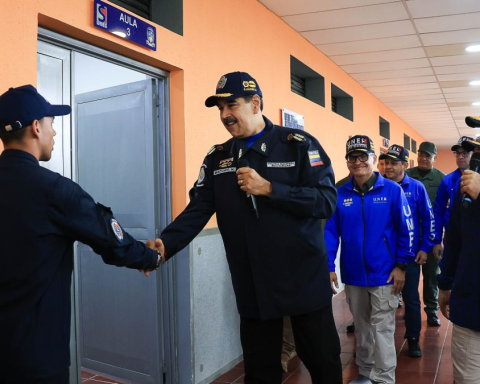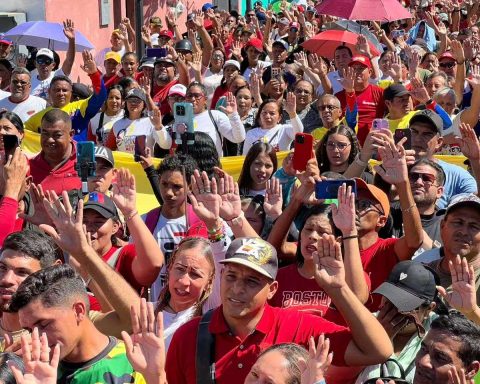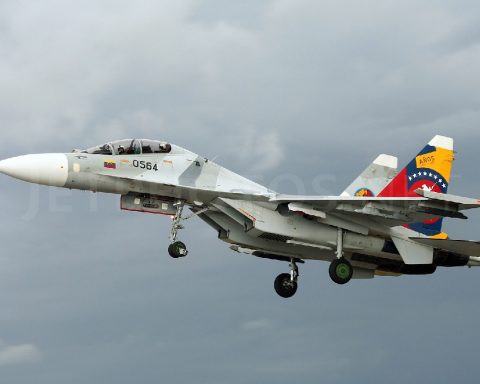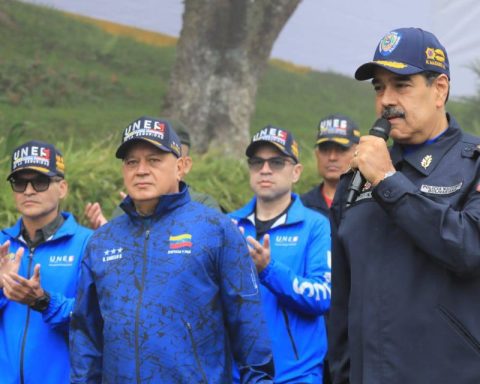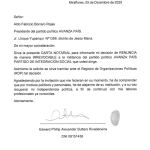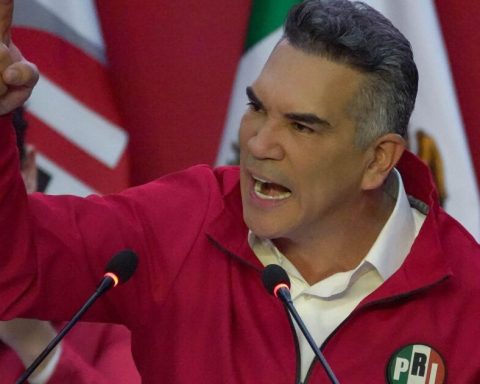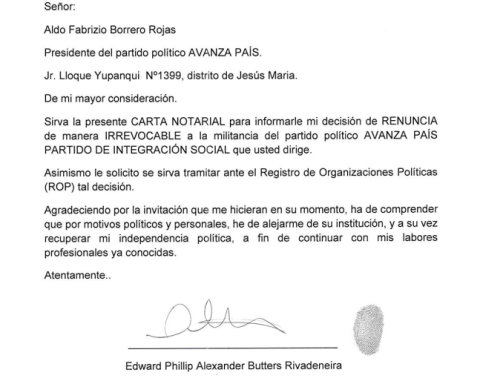Last December, a ship that transported about 600,000 barrels of an unidentified imported raw downloaded in Jose, the main terminal of PDVSA
Petróleos de Venezuela (PDVSA) resumed regular imports of light crude as its own production of medium and light crude decreases, creating bottlenecks for the production of exportable mixtures, according to company documents and ship tracking data.
Venezuela, sanctioned by the United States, and Iran had an exchange agreement that allowed PDVSA to import crude and condensate between 2021 and 2023 and use them as diluents for their heavy oil. But debts and project disagreements have paralyzed the exchange since last year, leaving the Venezuelan company with fewer options to obtain imports.
Last December, a ship that transported about 600,000 barrels of an unidentified imported light crude downloaded in the main PDVSA terminal, Jose. Another oil company that transported a similar volume of light crude oil downloaded in the same port last month, according to shipping records of the company to which it had access Reuters.
The ship with a flag of Liberia that downloaded in January left the Chinese port of Dongjiakou, according to the Saketrackers.com ship monitoring service. But it was not possible to immediately identify the origin of crude oil.
PDVSA did not immediately respond to a request for comments.
The company increased by exports to about 867,000 barrels per day (B/D) of crude and fuels, including almost 300,000 b/da the United States, While President Donald Trump’s government warned about a possible cut in US imports of Venezuelan crude.
The total production of the country’s crude oil increased slightly to 1.05 million B/D in January from 1.01 million in December, according to independent calculations.
However, PDVSA’s long data struggles to provide diluent enough for their oil mixing operations have worsened In recent months as production in Monagas Norte, a key region to produce the most light raw raw in the country, decreases in the midst of a lack of gas for reinjection in the oil fields, said sources close to operations.
A key gas processing complex that suffered a great fire in November has not fully recovered the supply to the PDVSA oil fields, the sources added.
Venezuela imported about 73,000 b/d of Iranian condensate and raw in 2022, a figure that was reduced to about 40,000 b D, according to LSEG ship tracking data and company records.
As the imports of foreign crude oil from Venezuela fell in the middle of a less active trade with Iran, the discharge of heavy naphtha imported from PDVSA of some of its joint companies, including the American Chevron, has stabilized in recent years , which has contributed to reducing operational problems in the main producing region of the country, the Orinoco strip.
*Journalism in Venezuela is exercised in a hostile environment for the press with dozens of legal instruments arranged for the punishment of the word, especially the laws “against hatred”, “against fascism” and “against blockade.” This content is being published taking into account the threats and limits that, consequently, have been imposed on the dissemination of information from within the country.
Post views: 114
